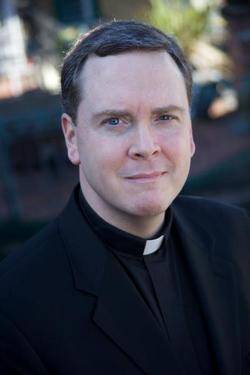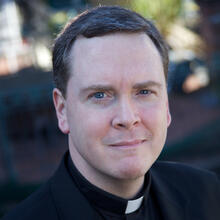I was dining with a friend in Manhattan last week when the bomb went off. We were several blocks north of the explosion, so we didn’t physically experience the impact. Our first indication that something was wrong was when the AP bulletins started to light up and buzz cellphones throughout the restaurant. First a few customers, then nearly everyone knew what had happened and we started fielding calls and texts from worried relatives and friends who wanted to know that we were safe. When broadcast news caught up with the AP, a bulletin interrupted the football game on television and the place fell silent. One bomb had exploded in Manhattan; perhaps there was a second. Some injuries, no fatalities. Within 10 minutes or so, most of the customers were back where they started: enjoying the evening, almost as if nothing had happened.
Writing in The New York Times, Arthur Brooks seemed to capture the sentiment of the crowd: “Thank God no one was killed by the attackers, but this seems to be becoming the new normal.” Indeed, Donald J. Trump told us in his usual, provocative fashion, “This is something that will happen, perhaps, more and more all over the country.” (Unless we elect him president was the implication.) For her part, Mrs. Clinton suggested somewhat anemically that we should work with our allies to combat the terrorist threat.
I take little comfort in either of these reactions, for they both seem tone-deaf to the true threat, which is not the violence and destruction per se, as terrible as they are, but the fear that violence and destruction are about to be unleashed at any moment, anywhere, by miscalculation or madness. It is that fear that surfaced and made its way like a thick and eerie fog through the restaurant that night. And while the vast majority of us will never be killed or injured in a terrorist attack, all of us are touched by the fear that we just might be.
The experts who study terrorism tell us that the primary goal of the terrorists is not to inflict maximum damage, though this they also seek to do, but to induce maximum panic. They seek to infect the body politic with a rapidly metastasizing terror, one that destabilizes and disorients. It is not the last attack that does the most damage, but our fear of the next one. One expert, Jonathan White, recently wrote that modern terrorism “requires responses that emphasize rationality over emotion.” That seems about right. Emotional responses to terror are just as likely to feed the fear as they are to contain it. Fear also “moves people to become much more polarized in their viewpoints,” says Justin Sinclair, a psychologist, for it “motivates people to go to further lengths to feel safe,” essentially meeting extremism with extremism.
Other cities have experienced what happened in New York on an even greater scale. For most of the second half of the 20th century, London was routinely subjected to random acts of terror. Perhaps this is the fate that will now befall New York. Perhaps not. But this much is clear: London survived the terror in large part because Londoners defeated the enemy within. Somehow they were able to defuse the ticking time bomb of panic within themselves and simply kept calm and carried on. There is a lesson in that history and in ours as well. In 1933, in a time of national crisis, Franklin Delano Roosevelt gave us the prescription for what ailed us then and even now: “The only thing we have to fear is fear itself,” he said, “nameless, unreasoning, unjustified terror which paralyzes needed efforts to convert retreat into advance. In every dark hour of our national life a leadership of frankness and of vigor has met with that understanding and support of the people themselves which is essential to victory. And I am convinced that you will again give that support to leadership in these critical days.”








